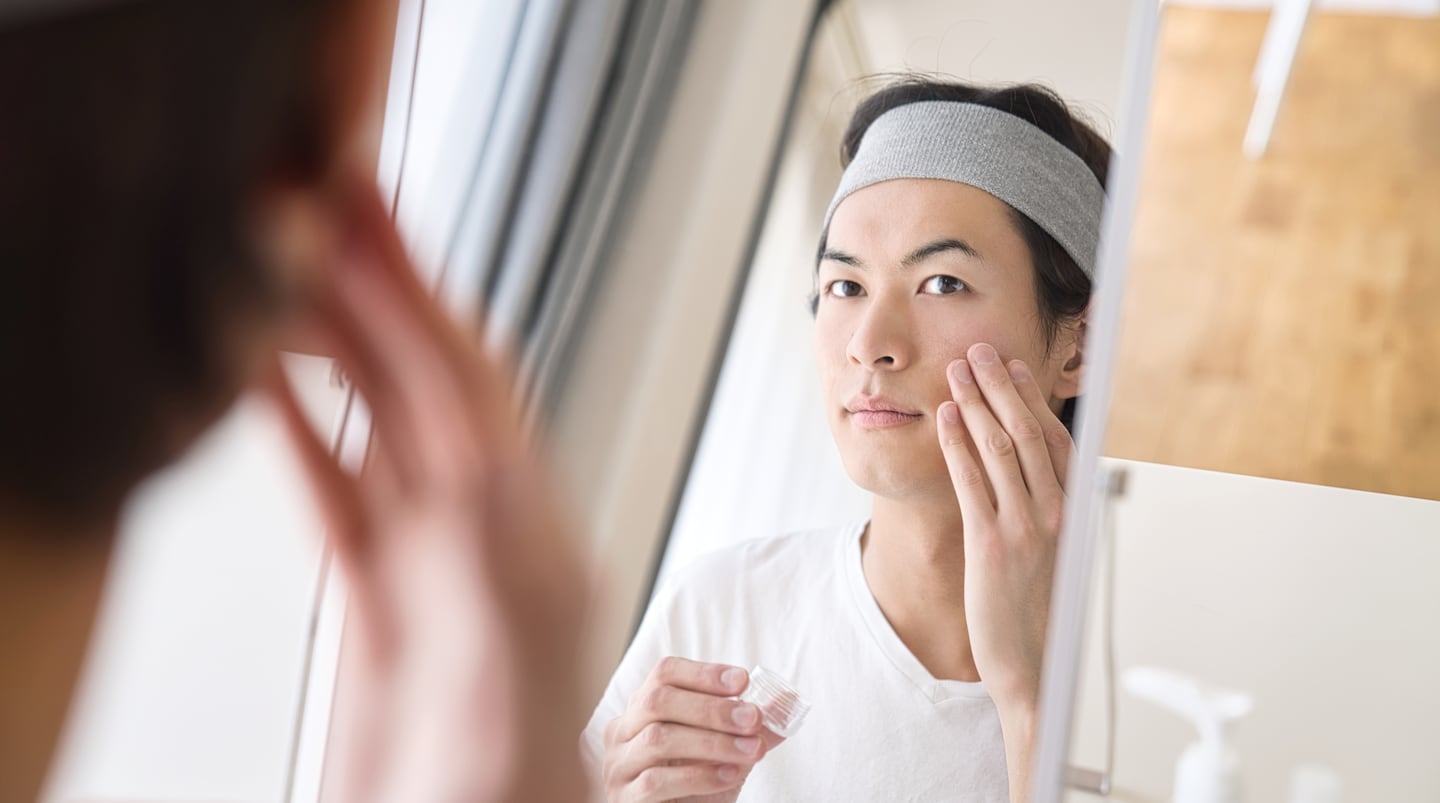
The Business of Fashion
Agenda-setting intelligence, analysis and advice for the global fashion community.

Agenda-setting intelligence, analysis and advice for the global fashion community.

The country’s male population born in or after the late 1990s are spending around 20 percent more per month on cosmetics than the rest of Japan’s population, Nikkei Asia reports.
Though Japan’s wider cosmetics market contracted 11 percent in 2020, according to data firm Intage, the men’s cosmetics market grew 4 percent to 37.3 billion yen ($341 million). Last year’s growth, in spite of macroeconomic headwinds, has been attributed to the pandemic and wider use of video calls and online social gatherings and a steady growth rate is expected to continue for the category.
As brands offer more gender-neutral products and a growing number of models and influencers advertise for makeup brands, younger consumers are becoming early adopters. According to online publication Hot Pepper Beauty Academy, Japanese men between the ages of 15 and 19 spend 5,607 yen ($51.3) monthly on basic cosmetics; those in their 20s spend 5,410 yen ($49.5). A survey by the site revealed that spending on makeup among the first cohort was around 40 percent higher than the average for men of all ages.
Learn more:
Though e-commerce reshaped retailing in the US and Europe even before the pandemic, a confluence of economic, financial and logistical circumstance kept the South American nation insulated from the trend until later.
This week’s round-up of global markets fashion business news also features Korean shopping app Ably, Kenya’s second-hand clothing trade and the EU’s bid to curb forced labour in Chinese cotton.
From Viviano Sue to Soshi Otsuki, a new generation of Tokyo-based designers are preparing to make their international breakthrough.
This week’s round-up of global markets fashion business news also features Latin American mall giants, Nigerian craft entrepreneurs and the mixed picture of China’s luxury market.